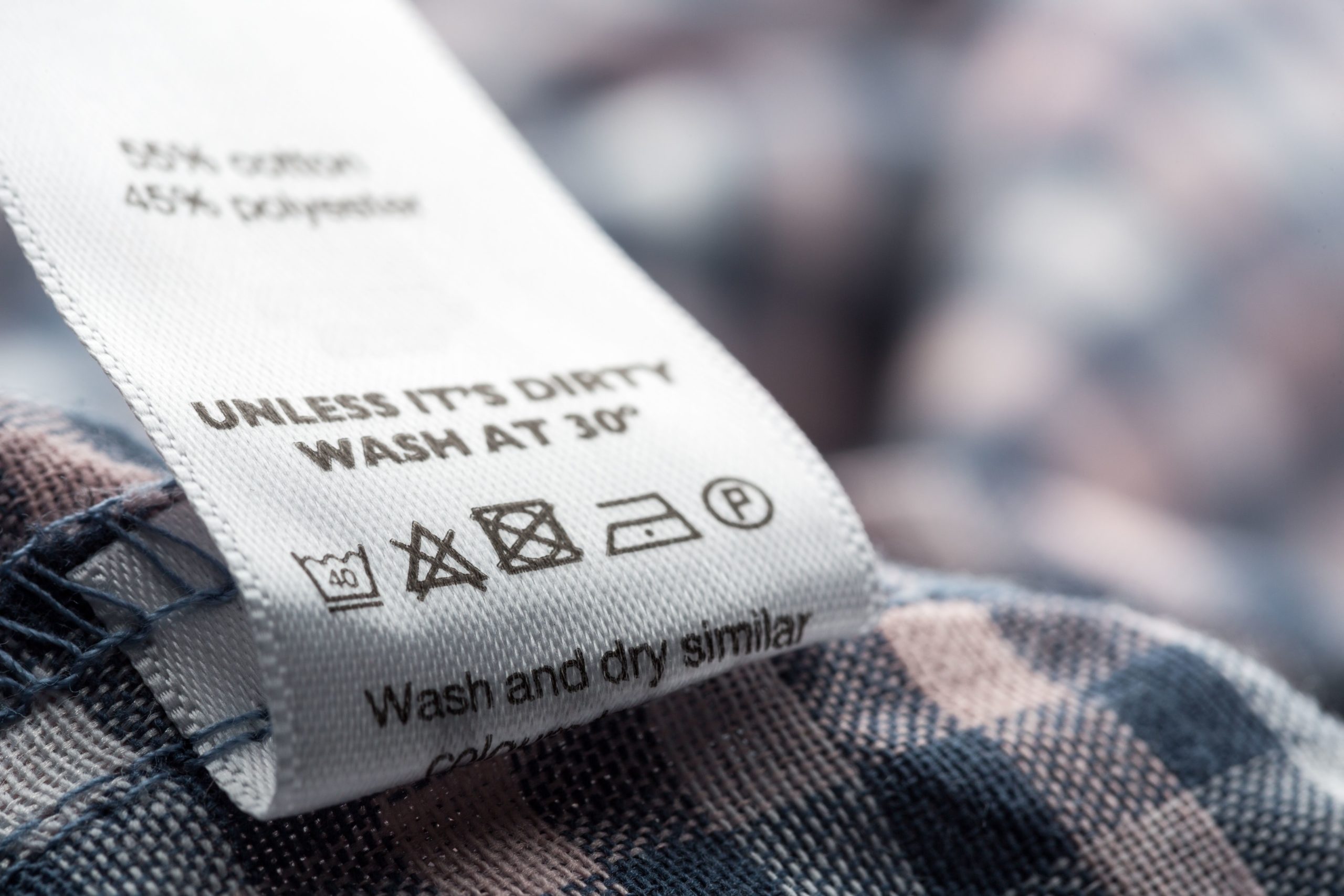
We all have that one favorite clothing piece in our wardrobe that is most frequently used more than its share, which undoubtedly leads to the textile being slowly worn out.
Every fabric/clothing piece has its life expectancy as they are being exposed to dust, light, moisture, stains. Whether you like your clothing item hung up on the wall, thrown over some furniture or on a bed, worn until fabric gets strained, or stored as a heritage for your kids, you need some basic knowledge and common sense to look after it decently to increase its lifespan.
Are you Ready to Make a Few Minor Changes in Your Washing Habits?
Sharing some of the best tips to take good care of your textiles, so they stay looking appreciable for as long as possible!
1) Wash it before use
Usually, people buy a new garment, and then wear it as it is without washing.
This is a big blunder that most people make!
Normally, new clothes bought from the stores often contain some bacteria as they are tried on by many people before ending up in your shopping cart. These bacteria can lead to skin irritation or may be inflammation. For that reason, it is necessary to wash the garments of your shopping spree before wearing them out.
2) Wash less
Ponder twice before washing any textile. Washing too often can damage the fibers of the textile, leading to decreased lifespan. If a garment is not dirty and just needs a little revival, then hang it outside or in a steamy bathroom instead of draping it in the washing machine.

3) Low-Temperature Wash
It is suggested to wash clothes at a low temperature with some eco-friendly, pleasant and naturally formulated laundry detergent to keep the fabric comfy, and tidy, and also to prevent any kind of color fading. In special cases like underwear, bikinis, bedding, towels, and all those products that are in close contact with your skin might need a higher temperature washing.

4) The ABCs of Washing Cloth
At present, washing clothes isn’t the most strenuous task. But if you’re searching out for ways to increase the life expectancy of your clothing, then you might need some extra steps that are worth your time.
The first core step is to determine the hardness of the water in your area. This criterion is determined by the percentage of dissolved minerals present in the water. The “harder’’ the water, the higher the percentage of dissolved minerals (mainly calcium & magnesium). An easy remedy for this is to use more detergent than suggested for your wash cycles.
The second step when it comes to protecting your clothes is to understand all the laundry care labels on the tags. So, it is very necessary to pay special attention to the instructions, and warnings that are mentioned on the labels because they’re all there for a safety reason.
Here is a brief collection of laundry care simple that you might need to know:

5) Wash Inside Out
A very useful tip for cloth maintenance is to clean them inside out when you are machine washing and avert overfilling, as this can lead to fiber damage.

6) Air Dry
There’s nothing more satisfying than the pleasant scent of freshly laundered, air dried clothes. And not only it smells great and fresh, but air drying is also very beneficial in maintaining the quality of your clothes as compared to tumble drying, which uses a lot of energy and can also cause some damage to certain fibers of your fabric.
After washing, hang your clothes outside on the washing line, drying rack or on hangers for air drying. Again, read and follow care labels before moving forward as various clothes, such as woolen jumpers, might be better dried flat.
7) Storage
Proper storage can expand the lifespan of a garment. Store them in a cool and dry place to prevent any damage from moisture, sunlight, and heat.

Low Humidity
A more humid environment can lead to mold growth. Make sure to wash your textiles before storage as dirt and surface humidity can lead to clothes moths. Avoid storing them in damp, moist spaces like basements. And if you are living in a humid climate, try to keep the garments in an air-conditioned room, or use a dehumidifier.
A handy tip
Do not overfill your wardrobe, as clothes also need some space to breathe. Apart from that, it will also prevent wrinkling and color fading of clothes.
Acid-free paper
Acid-free papers play a significant role in the prevention of dyes from transferring from one cloth to another. Use acid-free tissue between and around clothes in storage, and between layers in a roll.
Padded/ wooden hangers
While hanging textiles, it is recommended to use wooden or padded hangers to further protect them from being crooked.
Safeguarding insects and animal damage
Moths, silverfish, cockroaches, mice and other insects can inflict destruction on your stored textiles. Always store them in a secure space, & keep the adjacent area clean and insect-free. Inspect the textiles at least once a year to keep a check on damage or indication of pests, such as eggs or feces.
We hope this detailed blog will help you understand the importance of fabric care. If you have any tested garment care tips of your own, feel free to share with us, and don’t forget to download the chart of the laundry care symbols as mentioned above in point 4. Hang the chart near your washing machine or give them to your customers as gallantry!





